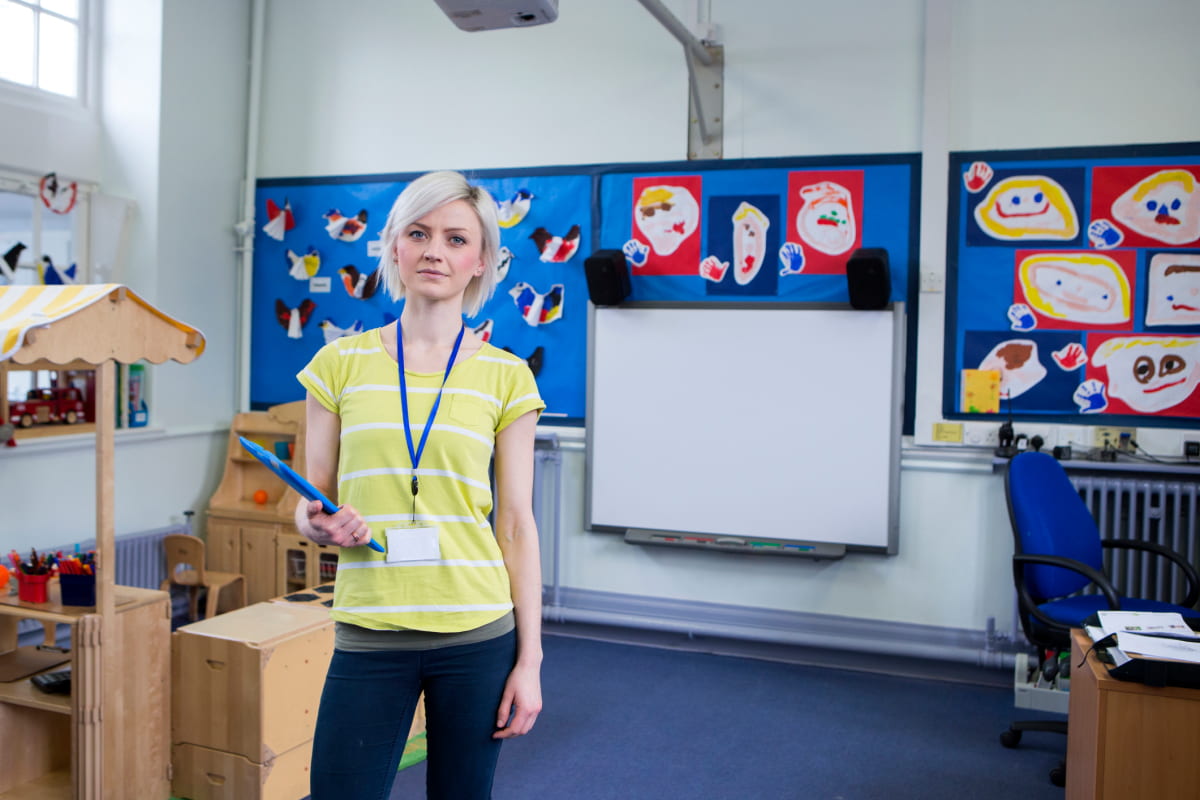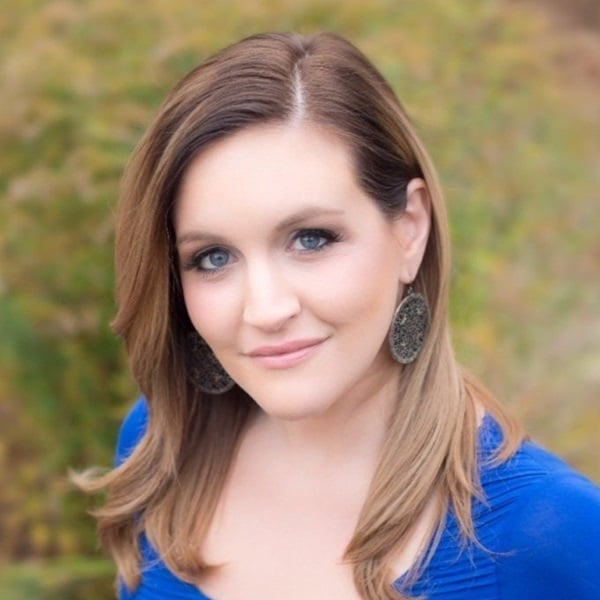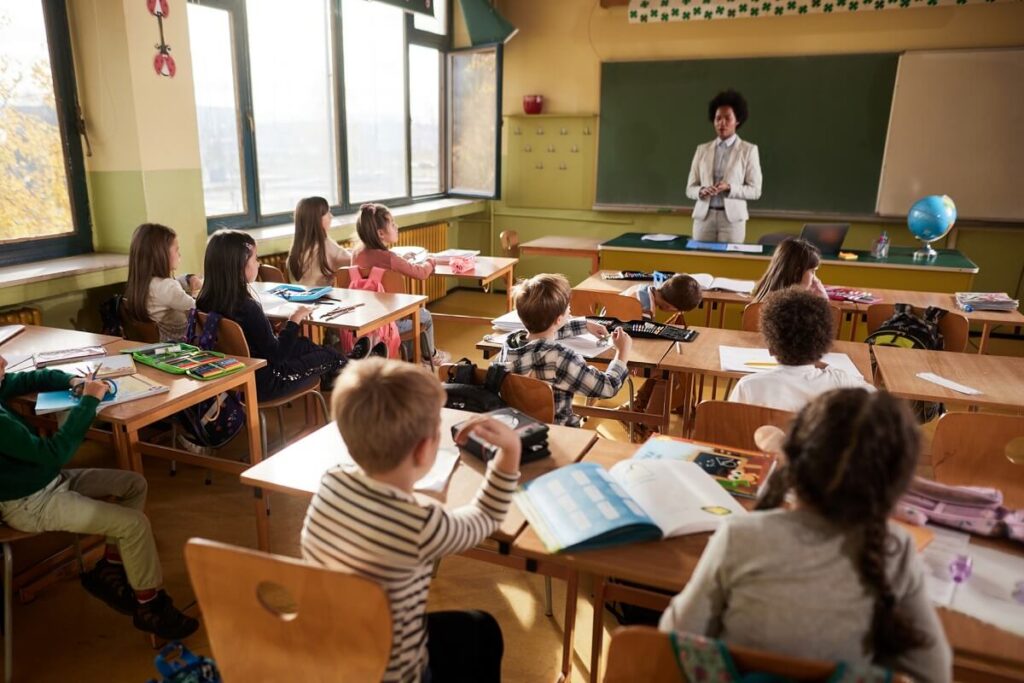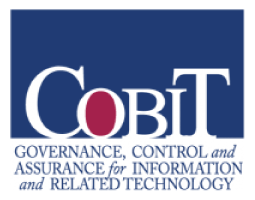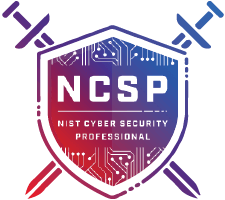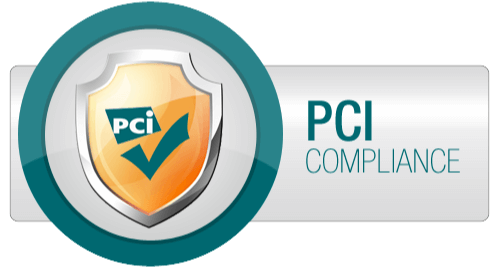Being a teacher can sometimes feel a little bit like being stranded on the island in Lord of the Flies – wading through the endless chaos of high-energy kiddos with no other adults visible on the horizon. With class sizes on the rise, many teachers rarely get the chance to see their colleagues in action, and often feel overworked and under-informed.
Sound familiar? You’re not alone. Luckily, there are ways to access help and input from colleagues, and they can be a lot easier than lighting signal flares with a piece of glass or writing “SOS” in the sand with a stick. How can teachers access peer support to boost morale, encourage new ideas and improve existing teaching practices?
Using Professional Learning Communities to Foster Peer Support and Collaborative Practice Among Educators
In recent years, one of the most popular channels for fostering peer support among educators and promoting positive student outcomes has been the use of professional learning communities (PLC). Rather than conceptualizing this model as a “program” or specific kind of meeting, teachers should think of a PLC as an “ongoing process in which educators work collaboratively in recurring cycles of collective inquiry and action research to achieve better results for the students they serve” (DuFour 2006). A professional learning community focuses on students learning rather than just teachers teaching, working collaboratively and holding the group accountable to real results.
Members of a PLC come together to consider three crucial questions: What do we want each student to learn? How will we know when each student has learned it? How will we respond when a student has trouble learning? Together, the members of a PLC set attainable, measurable goals related to specific issues or concerns facing the school. In a traditional school, teachers are dispersed in separate classrooms throughout the building, and are basically responsible for implementing the curriculum in their own way. In a school that uses PLC, however, there is a fundamental shift towards a team-based approach to learning, curriculum and school climate.
When schools begin to address their issues as an entity, they may identify individual inconsistencies and can create schoolwide, systematic approaches and strategies to address a wide range of issues with consistency. The implementation of professional learning communities can also establish and nurture a school-wide culture of collaboration, which serves as a great example to students of the importance of asking for and accepting help from others.
This way of thinking takes the pressure off individuals to come up with the right answer on their own and instead fosters a more cooperative approach to education. Many in the field assert that there is now enough evidence and research to suggest that the implementation of professional learning communities in schools represents best practice.
The long-term benefits of PLCs are powerful and two-fold. On one side of the coin, teachers gain knowledge and access to new ideas through joint questioning and investigation, and feel less isolated and more committed to their profession. On the other side of the coin, when implemented effectively, PLCs can lead to higher levels of student achievement across the board.
If you’re stuck on Lonely Teacher Island and don’t want to end up like Piggy, put out the smoke signals and strike up a conversation with your colleagues about boosting peer support and collaborative learning in your school. How might you use Rethink to create or enhance existing professional learning communities?
For more information on PLCs, check out these resources:
Professional Learning & Capacity Building (CEI)
How to Create a Professional Learning Community (Edutopia)
References
DuFour, R., DuFour, R., Eaker, R., & Many, T. (2006). Learning by doing: A handbook for professional learning communities at work. Bloomington, IN: Solution Tree.
Moore County Schools. (2012). Professional learning communities [PowerPoint slides]. Retrieved from https://www.ncmcs.org/cms/lib7/NC01001076/Centricity/Domain/16/Leadership/2012-13/PLC_Powerpoint.pdf
